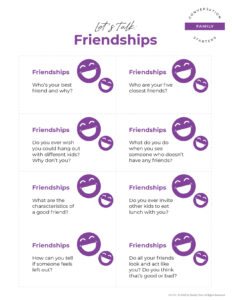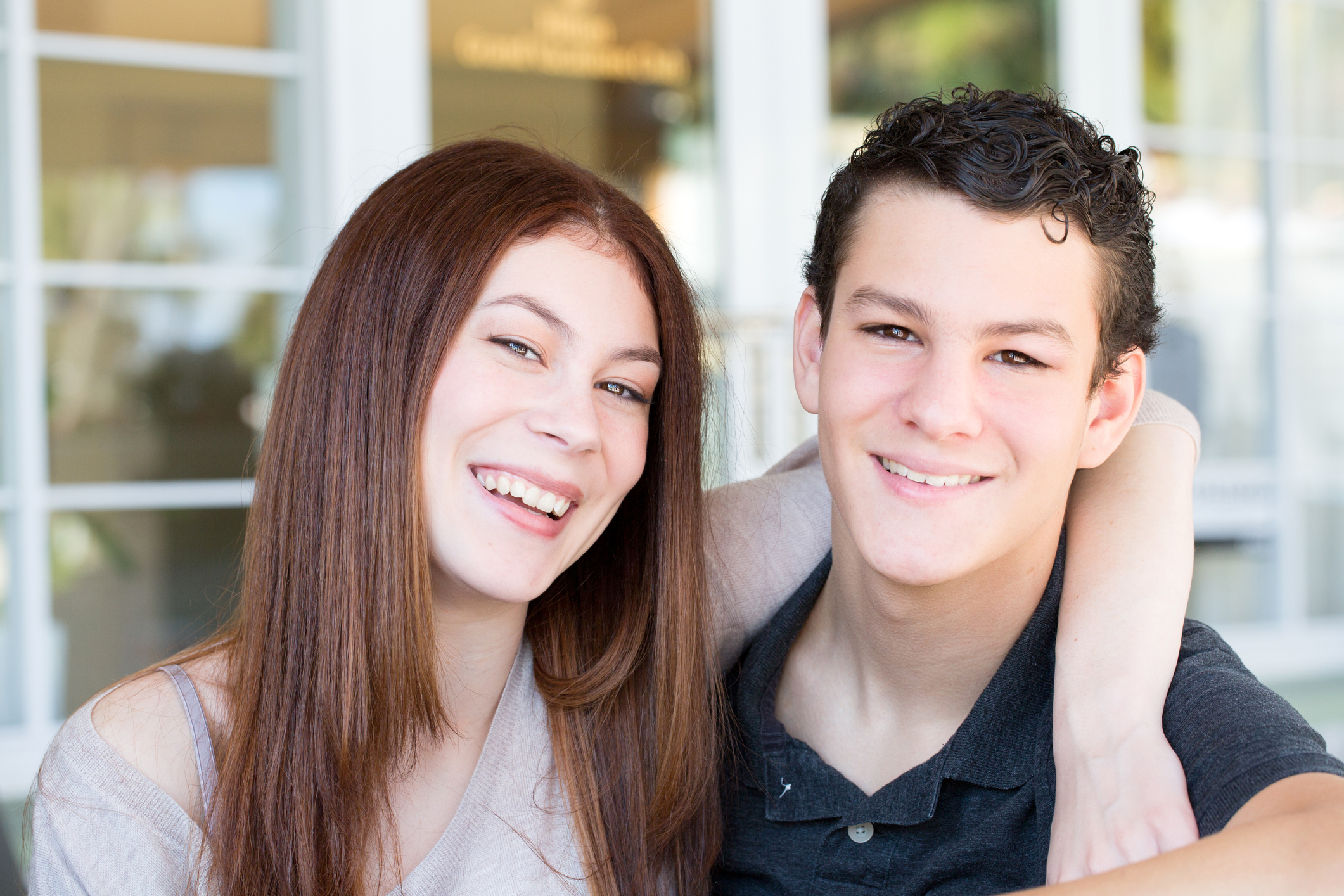My coworkers and I were sitting around the table in our breakroom, all in little pockets of conversation, when off to my right, I heard my 24-year-old colleague say, “That girl was a red light friend.”
Um, please pause, person I’m currently talking to. I shifted in my chair. “A what? What’s a red light friend?” Taylor proceeded to explain the clever system her parents devised when she was growing up. She said it helped her and her brother decide which kids they should be spending more or less time with. I was enthralled and inspired as she described red light, yellow light, and green light friends.
What do you do when your child has a bad friend or one you’re not crazy about? The friends your kids choose can have a huge impact on their futures, so I’m stealing Taylor’s parents’ idea, and you can, too. Here’s how the system works.
Here’s the gist.
The red, yellow, and green light system is a method for helping your child discern who they should hang out with. Because not every friend or friendship is the same, the color helps set a degree of closeness. Kids who are trustworthy, longtime friends are green; friends you’re getting to know or aren’t quite sure of are yellow; new acquaintances or old friends who have been unsafe or broken your child’s trust are red.
The key to the success of the system is allowing your kids to choose. Putting them in control not only tells them you trust their judgment, but it encourages them to consider what makes someone a good influence versus a bad one, and who feels safe. By giving them the control, you are forming a team mindset instead of enforcing a rule they might be tempted to rebel against.
What do you do when your child has a bad friend but doesn’t see things like you do? If you think a kid should be a red light friend and your child green lights him or her, compromise on yellow until one of you is proven right.
What do the colors determine?
You can set your own rules for each color. Taylor’s family rules centered around sleepovers and were set up like this:
Green light friends:
She could spend the night at their houses and do most anything with them, like go out on Friday night after a football game.
Yellow light friends:
She could spend the night at their houses only if green light friends were there, or she could hang out with them during the day.
Red light friends:
Sleepovers at red light friends’ houses were off limits, but red light friends could stay at her house. Daytime hangouts were fine, but only if enough green light friends were going.
Colors can change.
Over time, your kids can move their friends from one color to another, maybe with a little nudge from you. A new student might go from red to green in a span of a semester once your son or daughter gets to know him or her and you get to meet the parents. Or if there’s a falling out because of gossip, a friend might go from green to yellow. This is a good reminder to your kids that they’re also making choices that make them good friends, bad friends, safe friends, or trustworthy friends.
Remind your kids that they’re making choices that make them good friends, bad friends, safe friends, or trustworthy friends. Click To TweetDon’t overthink it.
You know we love printables here at iMOM (like this conversation starter about friendship), but we’re not suggesting you post a chart with red, yellow, and green columns, and “Uh oh! Jack said a four-letter word today. He’s moving from green to yellow!” This isn’t about passing judgment and upgrading or downgrading kids.
Instead, use this color system as a conversation tool to help your children more carefully consider how their friends’ actions and attitudes affect them. Ask them if their own behaviors would put them in one column over the other and help them strive to be the kind of friend who’s always green.
For Taylor, the system was used for sleepovers. What would the colors determine in your family?











